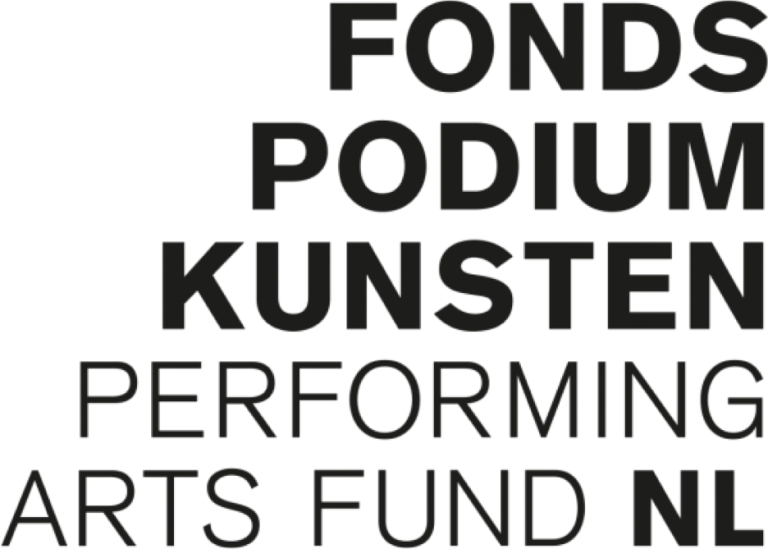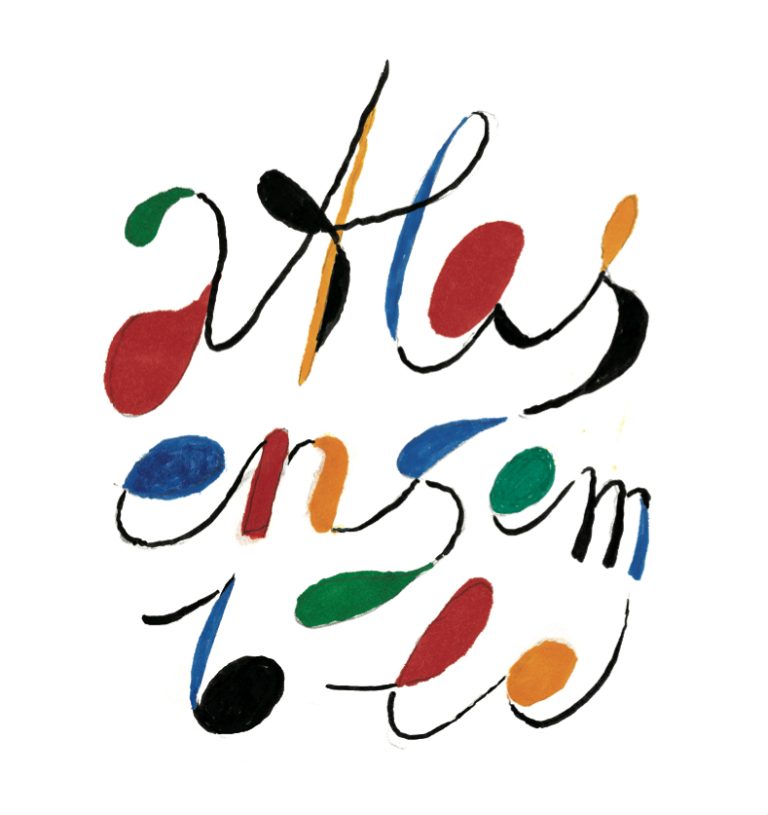Atlas Residency 2024
The Atlas Ensemble is hosting a second residency at Oranjewoud Festival with an entirely new formation: sixteen wind players and two percussionists from all over the world. It is part of a multi-year project initiated by Oranjewoud Festival and developed together with composer Joël Bons. In 2019, Bons won the prestigious Grawemeyer Award for Music Composition, for his composition Nomaden. The Atlas Project is a continuation of this and aims at the step-by-step development of a transcultural Atlas Orchestra, consisting of over 40 musicians. An unheard sound world is being unlocked. On June 21, 2025, the orchestra will make its debut in the Amsterdam Concertgebouw during the NTR ZaterdagMatinee as part of Holland Festival.
Atlas Premiere
Sun June 2, 3 p.m. - Coach House Klein Jagtlust
Like last year, the premiere concert in 2024 will consist of a colorful series of new compositions by Joël Bons. These have been specially commissioned by Oranjewoud Festival and composed for a unique collective of top musicians and instruments from different cultures. While last year the focus was on string instruments, this year it is the turn of a literally unheard-of arsenal of wind instruments plus percussion. The concert promises to be a succession of divergent pieces for bamboo flutes, double reeds and mouth organs, ranging from dreamy to intense, from melancholy to brilliant, from intimate solos to powerful transcultural wind orchestra. You won't know what you're hearing!
More information and maps
Presentation concerts Atlas Soloists
Leading up to the premiere concert on June 2, you can learn about some of the instruments from Asia and the Middle East that make up the Atlas Ensemble:
Made possible by and courtesy of:










